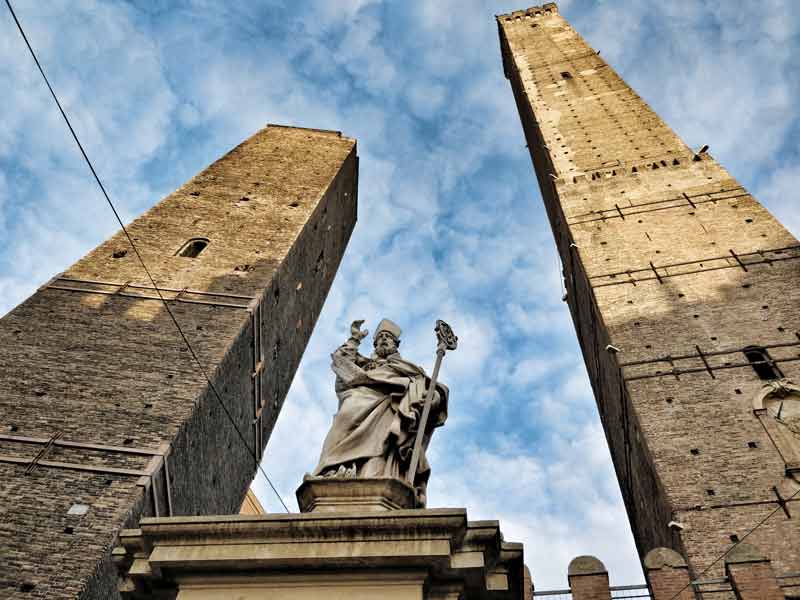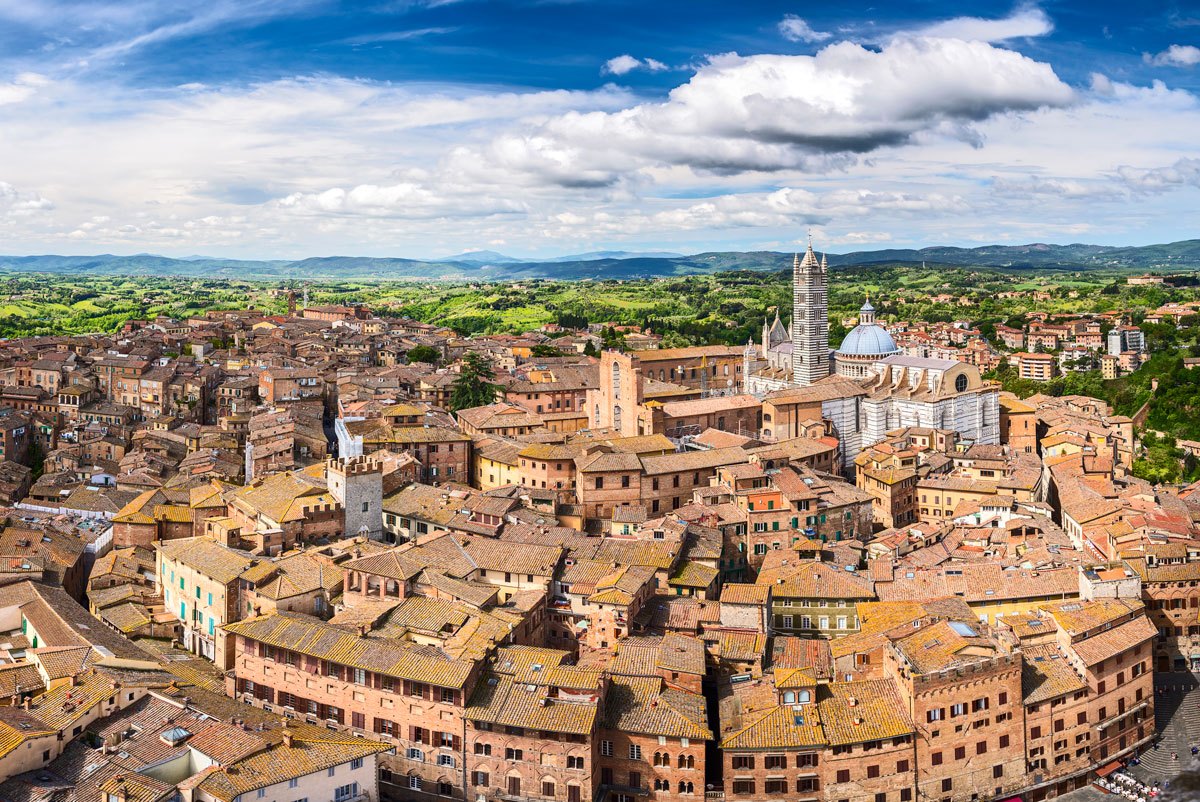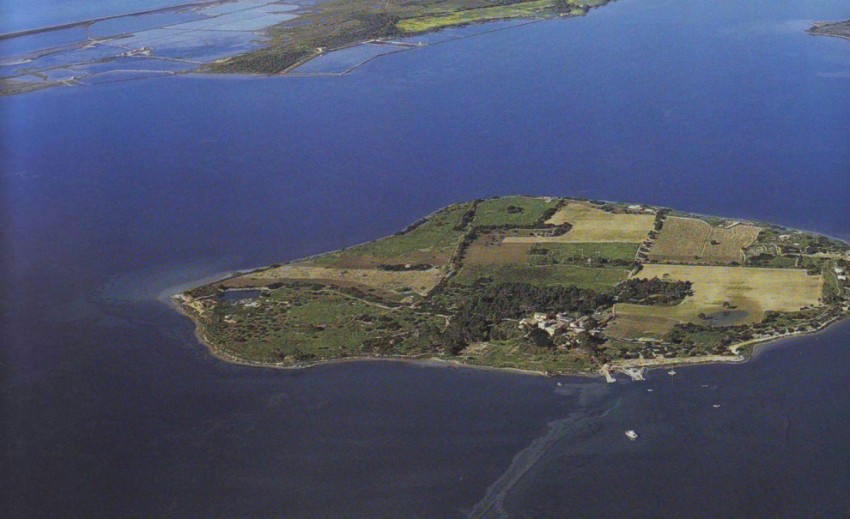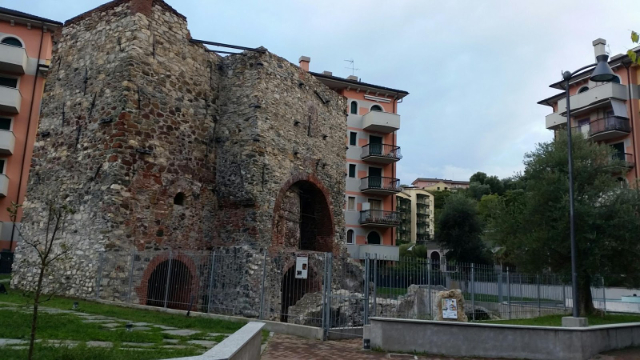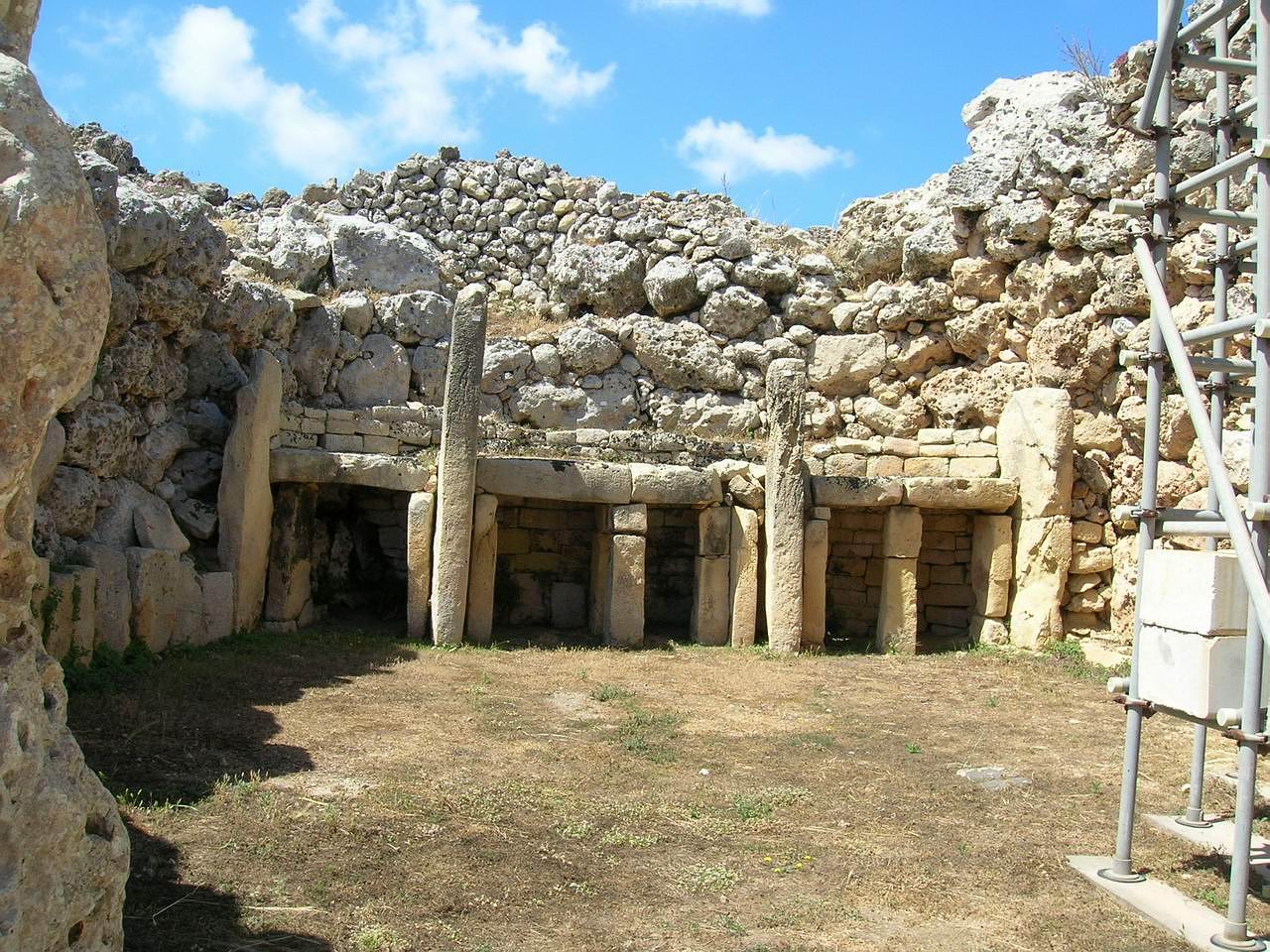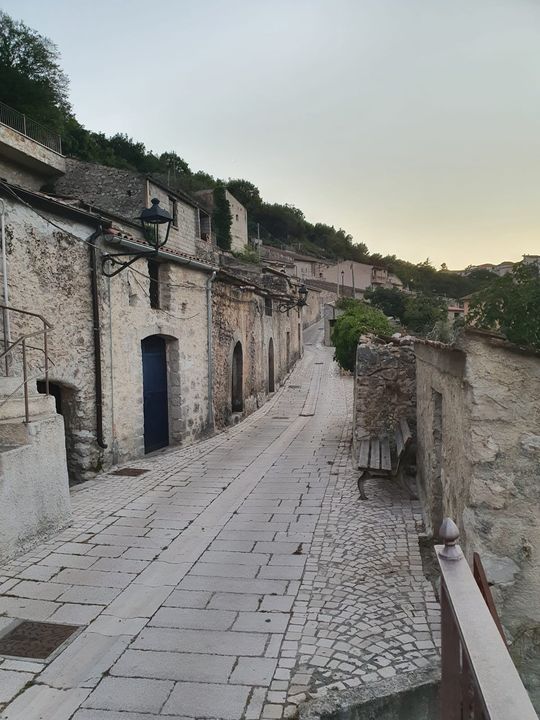The Garisenda Tower, erected in the 12th century by the Garisenda nobles, also Ghibellines, is 48.60 meters high and hangs 3.22 meters to the northeast. At the time of Dante, who mentions it in his sonnet on the Garisenda in 1287 and in Canto XXXI of the Inferno, it reached 60 meters in height.
Between 1351 and 1360 Giovanni da Oleggio, who ruled the city on behalf of the Visconti family, had it lowered by 12 meters fearing that it might collapse.
This tower, due to the poor state of preservation of the internal staircase, can only be visited occasionally.
How towers were built:
Eight centuries ago the construction of a tower took three to ten years. As a rule, the base section did not exceed ten meters while the other dimensions were determined by height. At that time, no actual design was carried out as we understand it now, but simple instructions were drawn up that were easily understood by both principals and performers.
Curious and ancient was the system used to draw on the ground the perimeter for the excavation:
the master builder had three strings with knots placed at multiples of three, four and five, e.g. 15, 20 and 25 feet (a Bolognese foot corresponds to 38.0098 cm); these strings, placed on the ground, form a right-angled triangle and then, by moving them appropriately, a square.
Excavation was then carried out until a layer of clay solid enough to support the weight of the tower was reached, usually at a depth of about six meters, then the soil was compacted by inserting, with blows of a sledgehammer, oak logs about two meters long. Then the foundations were made with a mega mixture of lime, boulders, gravel and sand to a thickness of about 15 feet after which the base was made with well-squared selenite blocks stacked on top of each other.
Then the actual construction was begun with the technique of sack masonry, that is, two brick walls were erected, one much thicker inside and one outside, joined with ribs also made of brick, and the gaps were filled with a mortar mixture of lime, stones and sand.
Every 18 to 20 coats of bricks, three or four holes were left in the wall, which served as anchors for the scaffolding needed to continue the work (said holes still exist).
As one went up the inner wall was thinned both to lighten the structure and to create the footholds for the various floors, in addition the useful internal space increased. The last section was made of bricks only.
